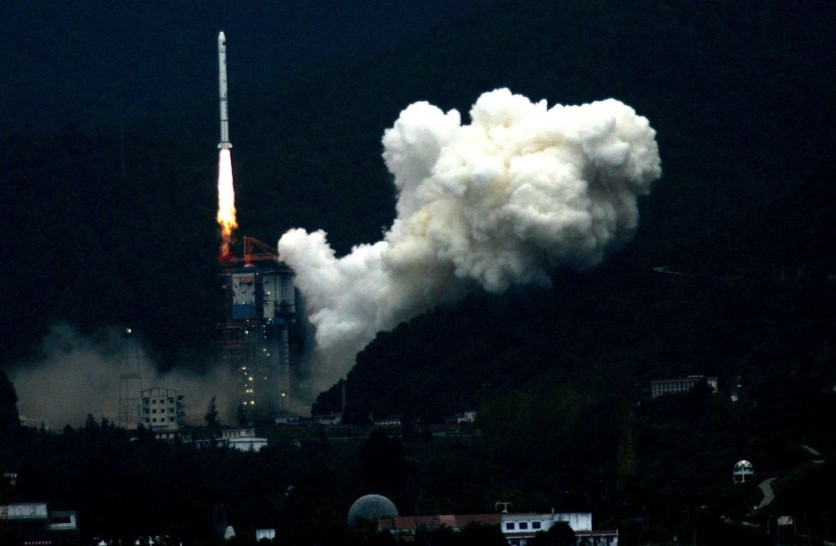
Chang'e 6 will reportedly be carrying technology equipment from France, Sweden, Russia, and Italy. The program's chief designer Hu Hao said that the upcoming lunar rover will be landing near the south pole of the Moon and will collect samples to be sent back to Earth as per Xinhua News.
'Chang'e 6' to Collect Lunar Sample for Research
This mission will come after the widely-successful Chang'e 5, the country's first space mission with a sample collection and return. The fifth moon rover landed on the surface of the Moon on Dec. 1 and has collected a significant amount of lunar samples, returning to Earth on Dec. This marks the world's first lunar-sample return after the 1980s.
According to Hu Hao, Chang'e 6 is expected to "collect lunar samples automatically for comprehensive analysis and research."
In the country's planned series of lunar resource exploration, namely Chang'e-6, Chang'e-7 and Chang'e-8 missions will carry out scientific research and technological experiments that is said to aim in building a prototype scientific research station on the moon by 2030, Hu added.
China's Chang'e Project Overview
The project is named after Chang'e, Chinese Lunar Exploration Program as it was formally coined, is also named after the moon goddess in Chinese mythology. The robotic space exploration project takes its first flight to Chang'e 1: a lunar orbiter called was launched from the Xichang Satellite Launch Center in Southwest China on October 24, 2007. Orbiting the surface of the moon, Chang'e 1 relayed its first transmission on November 26, 2007. It was initially set for a one-year mission, but was extended until it was taken out of lunar orbit on March 1, 2009.
Chang'e 1 and its sister orbiter, Chang'e 2 constituted the Chinese Lunar Exploration Program's first phase, which was limited to orbital missions. The next two Chang'e spacecraft make up the second phase. Chang'e 3 and 4 have delicate landing capabilities and both carried a lunar rover capable of surface explorations and observing physical and chemical conditions on the Moon.
For the third phase, Chang'e 5-T1 and Chang'e 5 were both focused on the sample collection and return to earth - completed by Chang'e 5 when it achieved back 2 kilograms of soil from the Moon last December.
In a 2019 press conference preceding the dispatch of Chang'e 4, Chinese space exploration authorities announced that the fourth phase of their project would include the initial moves toward the development of a research station at the moon. This begins with Chang'e 6, which will likewise return samples from the lunar south pole and provide an assessment on the geography and substructure of its target arrival site.
Developing Force in Space
While the recent announcement on Chang'e features the cooperation between its discreet, state-run space program, and other countries like France, Sweden, Russia, and Italy are reportedly made, no further details have been provided in the press conference.
Aside from its Chang'e Lunar Project presently anticipating Chang'e 6, China additionally has a number of active space exploration projects - including its Mars exploration project. The Tianwen-1 probe has recently arrived on the Marian circle last February 24. As one of the heaviest spacecraft sent to Mars, the Tianwen-1 mission includes an orbiter, a deployable camera, a Mars lander, and the rover tasked with exploring the Red Planet. This rover has been recently named "Zhurong," named after the Chinese divine force of fire and war.
Related article : China Wants To Land Probe On Dark Side Of The Moon By 2020 | Tech Times
This article is owned by Tech Times
Written by Gabrielle N.
ⓒ 2025 TECHTIMES.com All rights reserved. Do not reproduce without permission.




